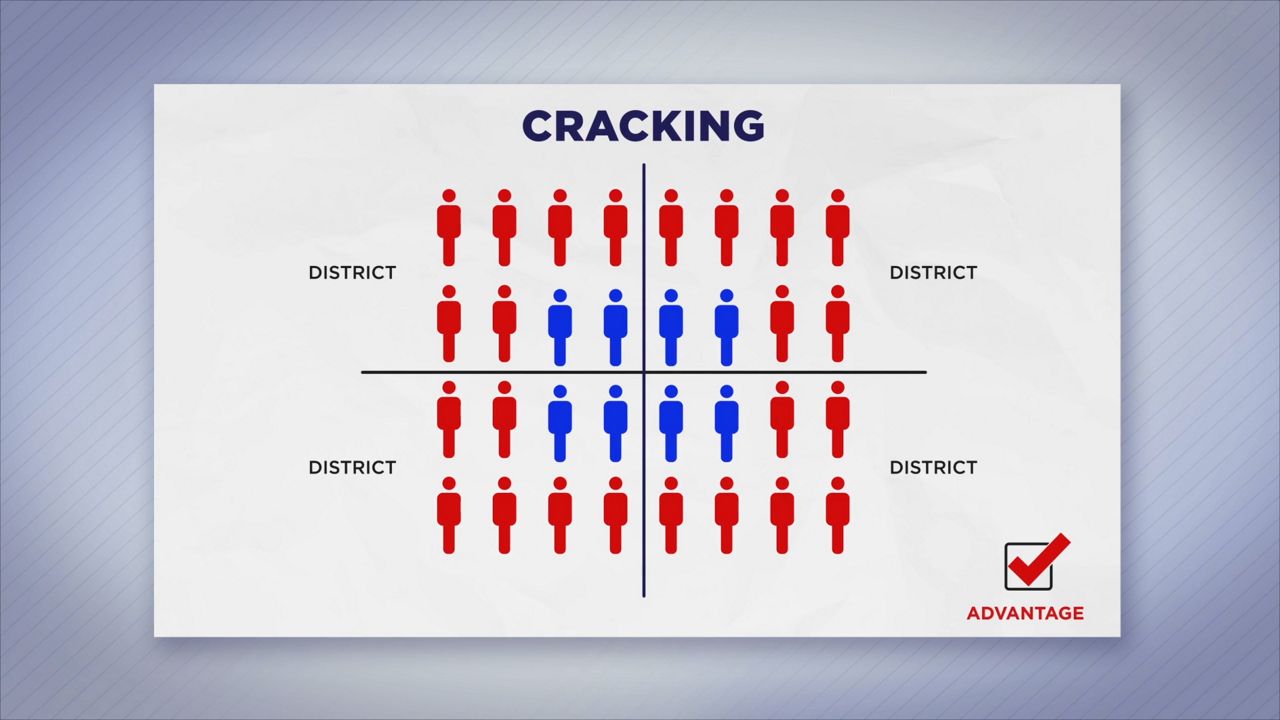MILWAUKEE — If you haven’t given Wisconsin’s political boundaries much thought before—you’re not alone. However, those lines matter because they play a role in who represents you in Madison.
Chances are you’ve probably heard the word “gerrymandering” a lot over the last several years. Democrats insist Wisconsinites have been living under one for well over a decade, while Republicans claim the latest legislative maps signed into law earlier this year amount to a Democratic gerrymander.
Gerrymandering is the process of purposefully changing the boundaries of legislative districts for political reasons, usually to give one party an advantage over the other.
The word dates to 1812, after the efforts to redraw legislative districts in Massachusetts, led by then-Governor Elbridge Gerry, resembled a salamander. Thus “gerry-mander” was born and first appeared as a satirical cartoon in the Boston Gazette.

Every ten years, the Census gives map makers fresh population numbers to work with to ensure there is equal representation at all levels of government.
How those maps are drawn can vary by state, but Wisconsin and 30-some other states rely on their legislatures to do the work and pass those maps just like any other bill.
In Wisconsin, there are maps for eight U.S. congressional districts, 33 State Senate districts, and 99 State Assembly districts—three for each Senate district.
Gerrymandering can happen in two ways: cracking—where people with similar values, such as party preference, are split up across districts to make electing their preferred candidates harder—or packing, which is just the opposite by putting people with similar views into as few districts as possible giving them more power at the ballot box.

No matter who draws the maps, there are some rules.
The U.S. Constitution requires districts to have almost equal populations, and the Voting Rights Act of 1965 ensures minorities aren’t discriminated from participating in politics.

Wisconsin’s constitution lays out four other rules: districts should be compact, communities of interest—where people face similar issues—should stay together, districts should stick to county and city lines, and districts should be contiguous, meaning the lines are connected. No so-called “Swiss cheese” boundaries are allowed in America's Dairyland.










